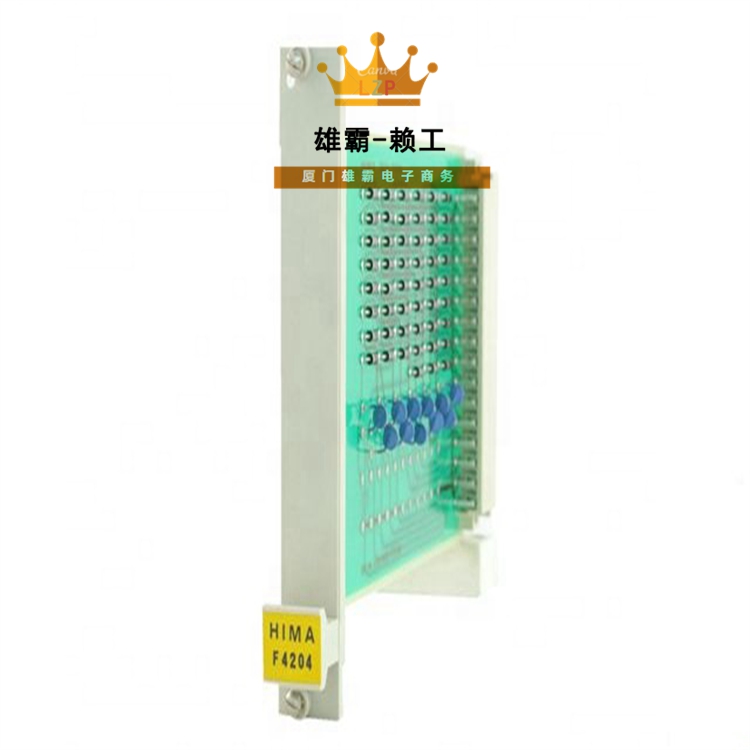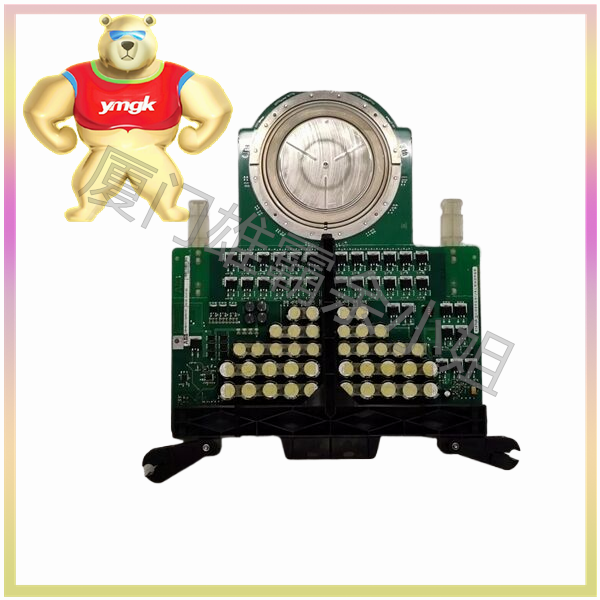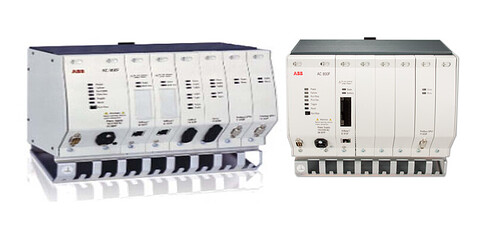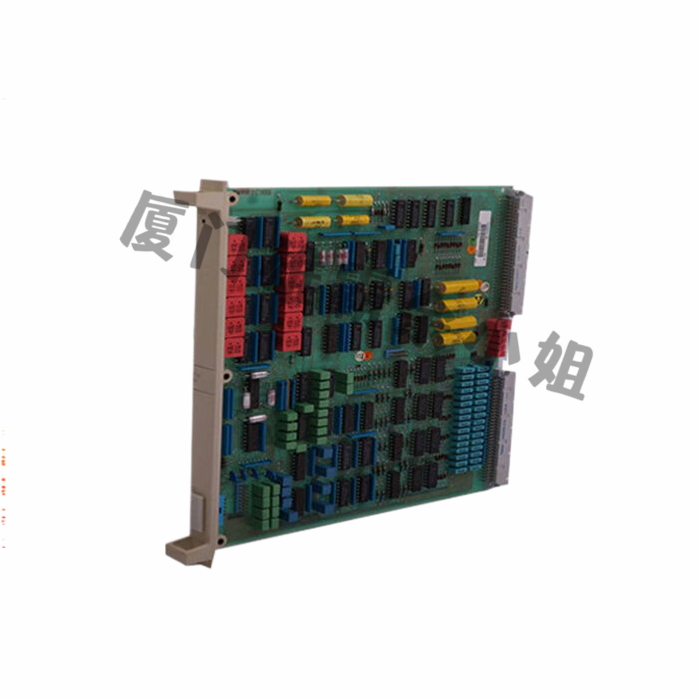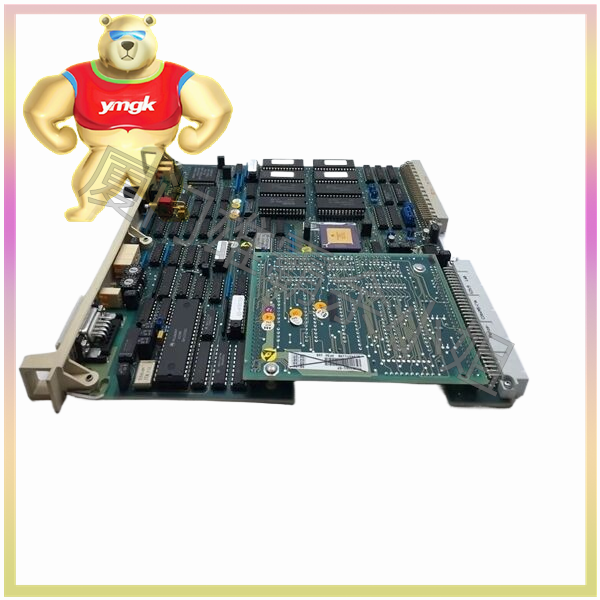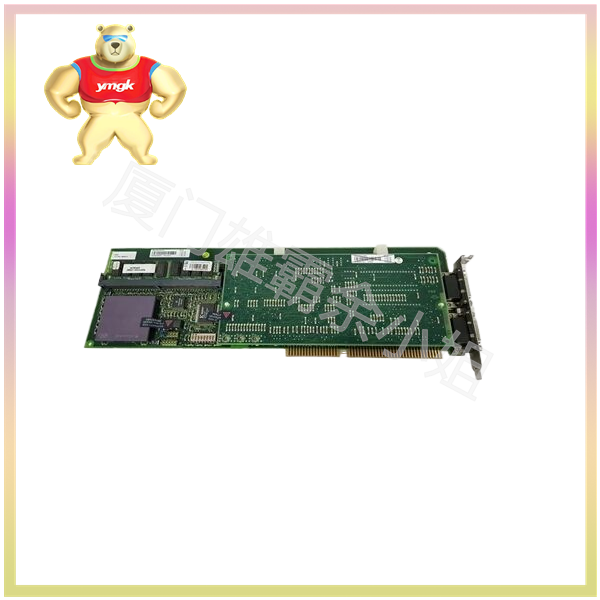The application of PLC: The correct application of PLC begins with economic rationality analysis. Batch processing in the chemical, cement, food, and paper industries is essentially continuous and requires decisions based on time or events. PLC is increasingly being used as a comprehensive solution for batch problems in these industries, rather than just a tool. In batch processing, savings mainly come from reducing cycle time and scheduling. Circular automation provides strict control measures to eliminate human errors and minimize manual intervention. With the maximization of equipment utilization and the reduction of fluctuations in critical equipment demand, it is expected that scheduling efficiency will improve. In large processing plants, PLCs are increasingly used for automatic start-up and shutdown of critical equipment. PLC ensures that the equipment cannot start unless all permission conditions for safe startup have been established. It also monitors the necessary conditions for the safe operation of equipment and trips the equipment when any abnormalities are detected in the system. The programmable logic controller can be programmed as an energy management system for boiler control to achieve maximum efficiency and safety. In the burner management system, it can be used to control the blowing process, turn off the pilot light, perform flame safety checks, turn off the main burner, and switch valves for fuel conversion.
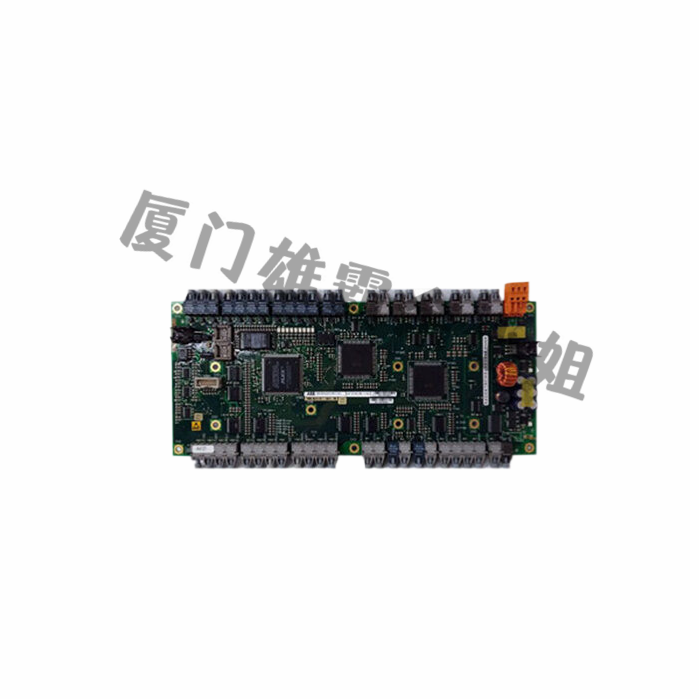
The advantages of programmable controllers
Very fast
Easy to change logic, i.e. flexibility
Due to the absence of moving parts, it is reliable
low power consumption
Due to modular assembly, it is easy to maintain
Fault finding and diagnostic equipment
Capable of handling extremely complex logical operations
Good document facilities
Easy to couple with process computers
Analog signal processing and closed-loop control programming
Counter, timer, and comparator can be programmed
Due to the introduction of chromaticity and consultation systems, the user interface has become simpler

